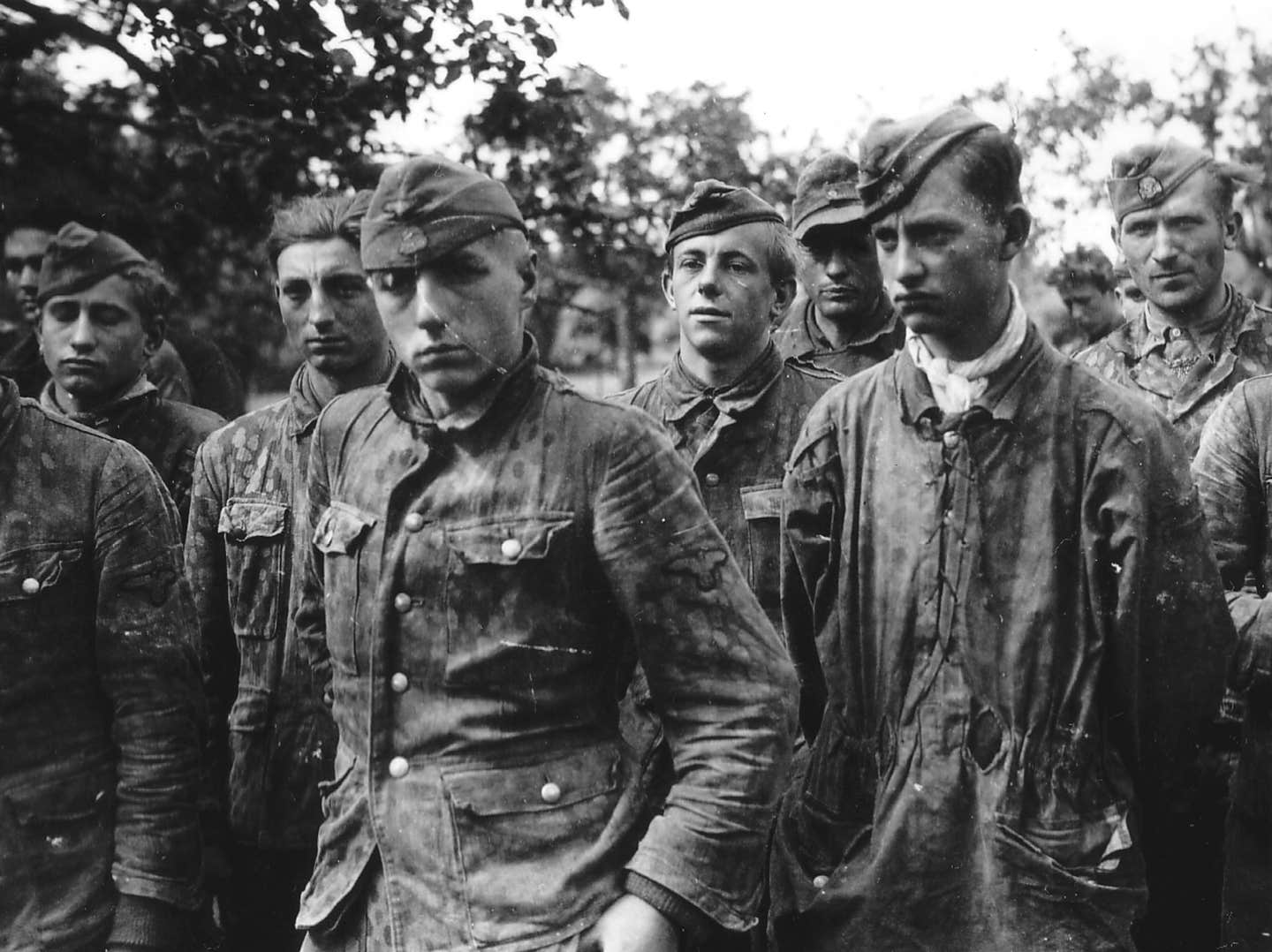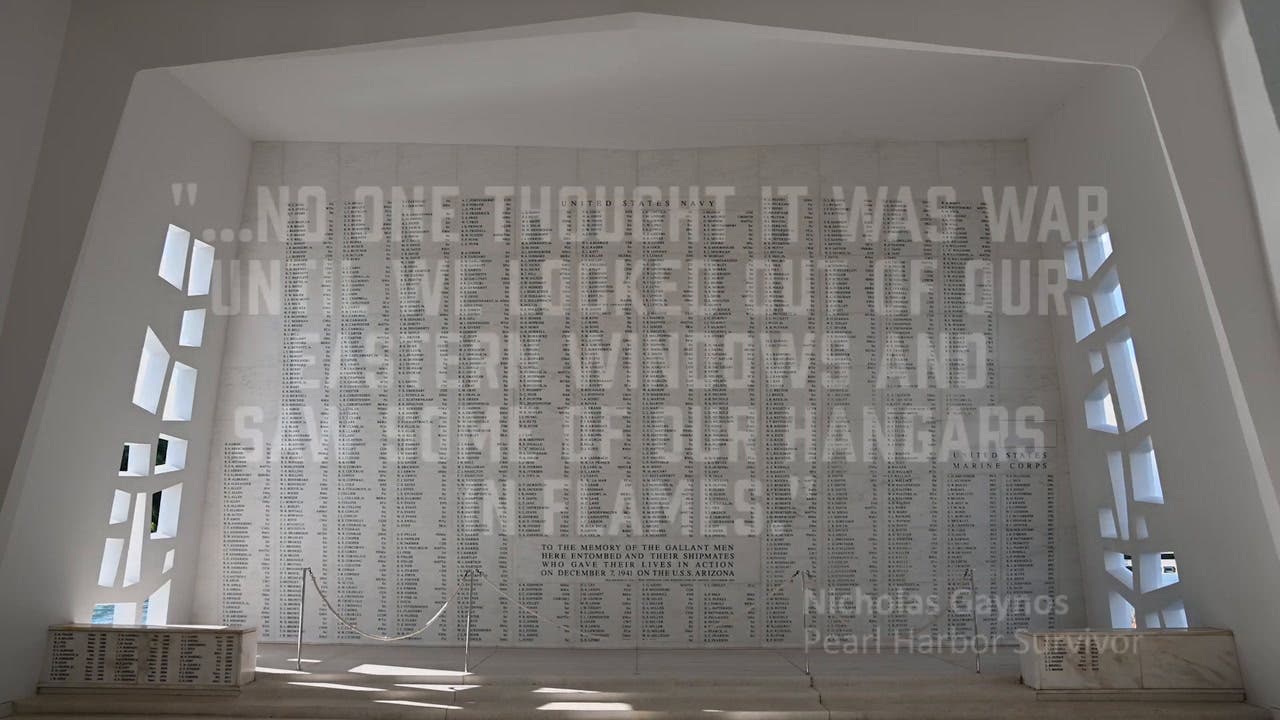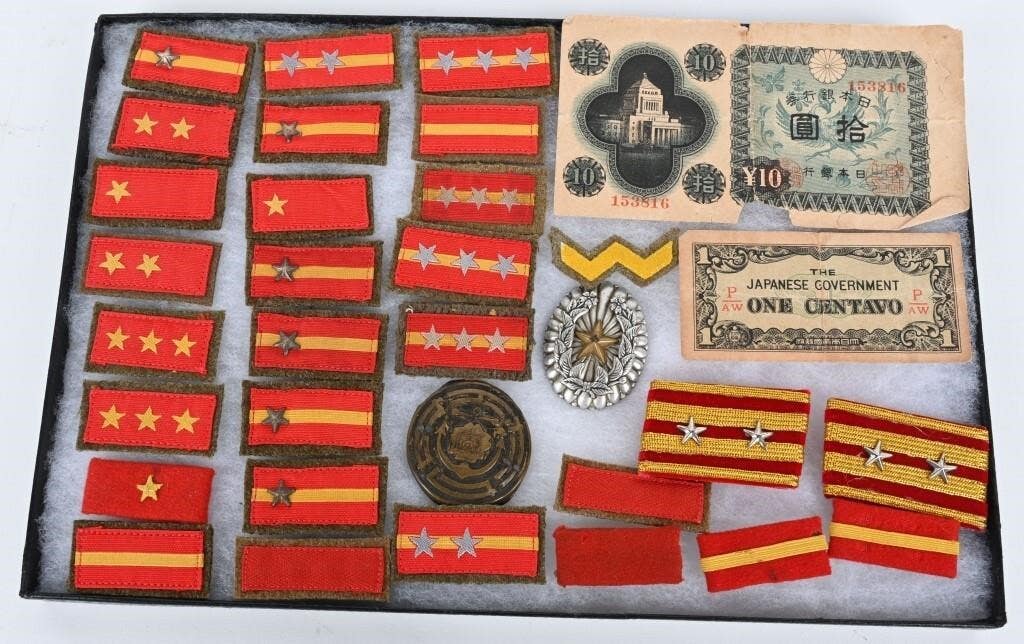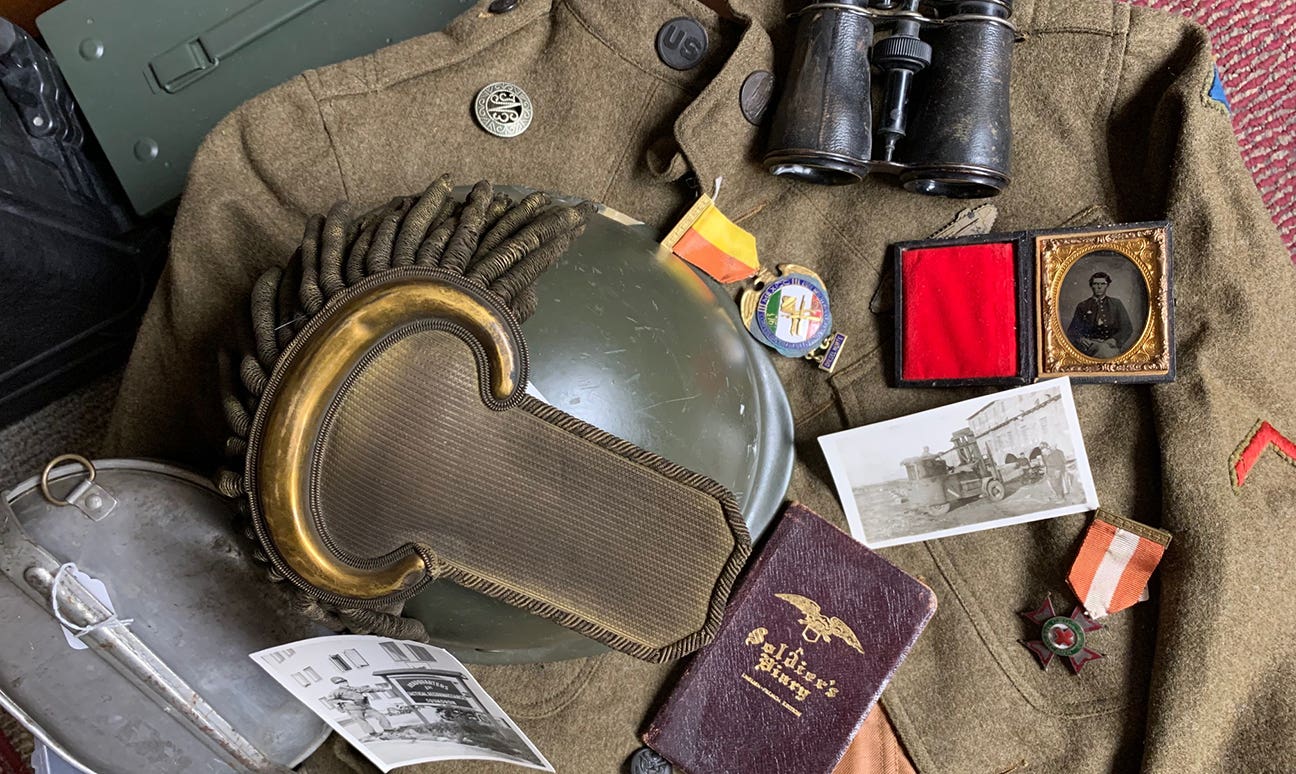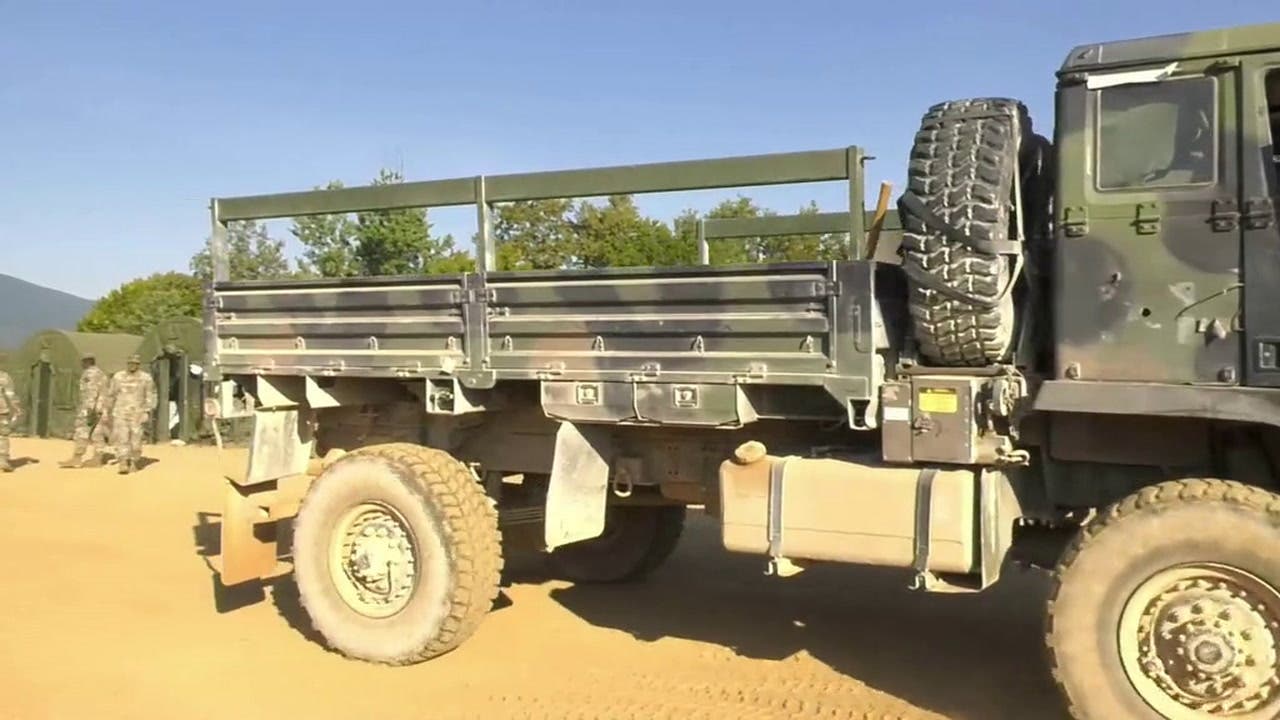Passion versus fashion for 12-year-old JAG
Greetings, Even though I do a number of things to commemorate Memorial Day each year, the events of 1975 have had a profound affect on how I remember the service…
Greetings,
Even though I do a number of things to commemorate Memorial Day each year, the events of 1975 have had a profound affect on how I remember the service of our veterans.
The year prior to that memorable holiday, I had just learned about the existence of Civil War “reenactment groups”. An article in the Minneapolis Tribune told about the recreated 1st Minnesota Volunteer Infantry’s participation at a Galena, Illinois reenactment. I could not put down the Sunday feature magazine…it was filled with photos of young men dressed in forage caps, four-button blouses and carrying a mix of three-banded longarms, I had to be a part of this!
Bless the Post Office. Somehow, they figured out where to deliver a kid’s handwritten envelope addressed to “The 1st Minnesota Volunteer Infantry, Fort Snelling, St. Paul, Minnesota.” Weeks later, I received a very cordial reply from Fort Historian, John Grossman. He complimented my enthusiasm and detailed the requirements for membership.
Apart from the monetary mountain that enlistment would pose, another obstacle would keep me from realizing my dream: Distance. The small town of Caledonia was more than three hours drive from the Fort where the reenactors gathered for meetings, drills and work days. No amount of pleading would convince my Dad to permit me to join the 1st Minnesota.
PERSISTANCE LEADS TO THE ARTILLERY
I miss the level of passion I felt as a 12-year-old Civil War buff. I read everything I could find about the war. I made my own hardtack that I consumed with a cup of coffee each day before school. I wore a dark blue shirt with blue jeans everyday (in my mind’s eye, it was very soldierly looking…in the eyes of 12-year-old girls, it was just a little too weird). When I sat in class, I drew pictures of corps badges on kepis, muskets or worked on plans for my very own reenactment group. Oh to be young and obsessed!
I carried on a correspondence with the Fort Snelling historian until he probably tired of all my questions (“How do you roll a cartridge?” “How do I make a gum blanket?” “Where can I buy a cheap Springfield rifle”). He must have thought his time was better spent on more pressing projects when he dumped my letters on the desk of his young co-worker by the name of Stephen Osman. Mr. Osman was polite, patient and encouraging in his correspondence, even though it was apparent I wasn’t going to be able to join the 1st Minnesota.
The following spring, my Dad called me over to the couch where he was reading the La Crosse Tribune. He showed me an article about a group of men who were making the trip from Whitehall, Wisconsin, to Galena, Illinois, with a horse-drawn artillery limber pulling a 2/3-scale Parrot Rifle. Whitehall? That was only an hour and a half from Caledonia! Again, I placed myself at the mercy of the Post Office with a letter addressed to “Battery B, 4th U.S. Artillery, Reactivated, Whitehall, Wisconsin”.
I owe a lot to those unnamed Post Office carriers who figured out where to deliver such letters! This one ended up at the Sheriff’s office where Garland Green was an officer. He and his brothers had formed the core of Battery B. Garland wrote me long, descriptive letters about the activities of the Battery. He invited my Dad and me to come to a meeting and weekend drill. Dad relented. Probably with the hope of getting me to finally stop pestering him, we drove to Whitehall.
I loved it! Men in Civil War uniforms, a firing cannon and lots of horses. I knew this is what I wanted to do. With my parent’s permission, I “joined” Battery B.
Within weeks, though, the group changed from a Civil War battery to a post-WWI Cavalry troop! They had inherited a large batch of surplus WWI and WWII uniforms from early flood relief efforts. The group decided to use this windfall to restructure themselves as Company A, 1st U.S. Cavalry. Garland said he understood if I didn’t want to participate. He knew my interest was in the Civil War.
In an early display of presumed honor, I told him, “No, I am committed to the unit no matter what it does.” So, with that, I was issued an olive drab wool flannel shirt, khaki cotton breeches and a campaign hat. My artillery career ended, and my days as a cavalry trooper had just begun (even though I had never ridden a horse). The unit prepared for its first event scheduled for Fort McCoy, Wisconsin, on the coming Memorial Day.
IF YOU’RE GOING TO WEAR THE UNIFORM…
I don’t actually remember too much about that first reenactment (actually, more of a “display”) other than finally meeting the men of the 1st Minnesota for the first time around a campfire. I listened to their “recreated” war stories and simply passed the bottle along when it came around to me. I knew my folks wouldn’t want me drinking!
But what is vivid in my memory was the ride home after the event. I didn’t have a change of clothes—the only clothes I had was the WWI-era uniform I had been wearing for the past two days. I didn’t give it a second thought.
When I jumped into the Chrysler, I was still dressed in OD flannel and khaki. As soon as Dad started the car, I began to gush with stories about everything that happened at the event. I must have been talking non-stop because I didn’t even notice we had pulled into McDonalds (a rare treat for me in 1975!). When Dad shut off the motor, I realized where we were.
I froze. Even though I pretended to be a soldier and thought about the Civil War with every waking moment, I was still a twelve-year boy. Seeing other people dressed normally (well, they were wearing a mix of bell bottoms, floral-print shirts and long hair), I immediately became self-conscious about my clothes. Thinking fast, I paused to allow Dad to get out of the car before I did. With the Chrysler station wagon blocking Dad’s view, I pulled out the tails of my wool flannel shirt and hung them over my breeches. I unbuttoned the sleeves and half-rolled them. I messed up my hair. My thought was, “I can make this work…I will look like some sort of hippie (even though this half-pint hippie was wearing leggings).”
Dad held McDonald’s door open as I approached. He looked me up and down before he shut the door and blocked my entrance. Grasping my shoulder with one hand (and suppressing the anger in his voice), he said, “If you are going to wear the clothes of a soldier, then you are going to wear them correctly and with pride.”
I tried to shrug his hand off my shoulder and hopefully, his gaze from my face. But he wasn’t budging. I had to make a decision.
“Fine.” I declared. “I don’t want to eat. I want to go home.” Stubbornness was not one of my better traits. Though I was ashamed, I didn’t have what it took to deal with it. In fact, typing this story thirty-years later, I feel my ears turning red with embarrassment.
On that Memorial Day weekend, Dad gave me an opportunity to honor the soldiers who had earned the right to wear the uniform. Regrettably, I wasn’t man enough to step up to the challenge. I was more concerned about how I looked to total strangers. But then, I was just a twelve-year old boy.
MEMORIAL DAY IS FOR REMEMBERING
Not a Memorial Day has passed that I haven’t recalled that moment when my Dad challenged my appreciation for the military’s commitment, sacrifice and tradition. Though my reenacting days are long gone, I have tried to make amends by doing something each Memorial Day that is more about the veterans and less about me. Through the years, these efforts have ranged from visiting veterans at nursing homes, driving veterans in parades, speaking at memorials, placing flags on graves, or simply remembering our soldiers in a prayer.
Even though I don’t wear soldiers’ clothes anymore (I am a bit long in the tooth and about 40lbs too heavy to be a convincing Civil War soldier!), I still apply Dad’s lesson to my collecting efforts. I have to remind myself that it is not about how much “stuff” I can acquire, but rather, the objects are simply a conduit to studying, understanding and appreciating the sacrifices soldiers have made in the defense of their nation.
Happy Memorial Day.
John Adams-Graf
Editor, Military Trader and Military Vehicles Magazine
John Adams-Graf ("JAG" to most) is the editor of Military Trader and Military Vehicles Magazine. He has been a military collector for his entire life. The son of a WWII veteran, his writings carry many lessons from the Greatest Generation. JAG has authored several books, including multiple editions of Warman's WWII Collectibles, Civil War Collectibles, and the Standard Catalog of Civil War Firearms. He is a passionate shooter, wood-splitter, kayaker, and WWI AEF Tank Corps collector.



